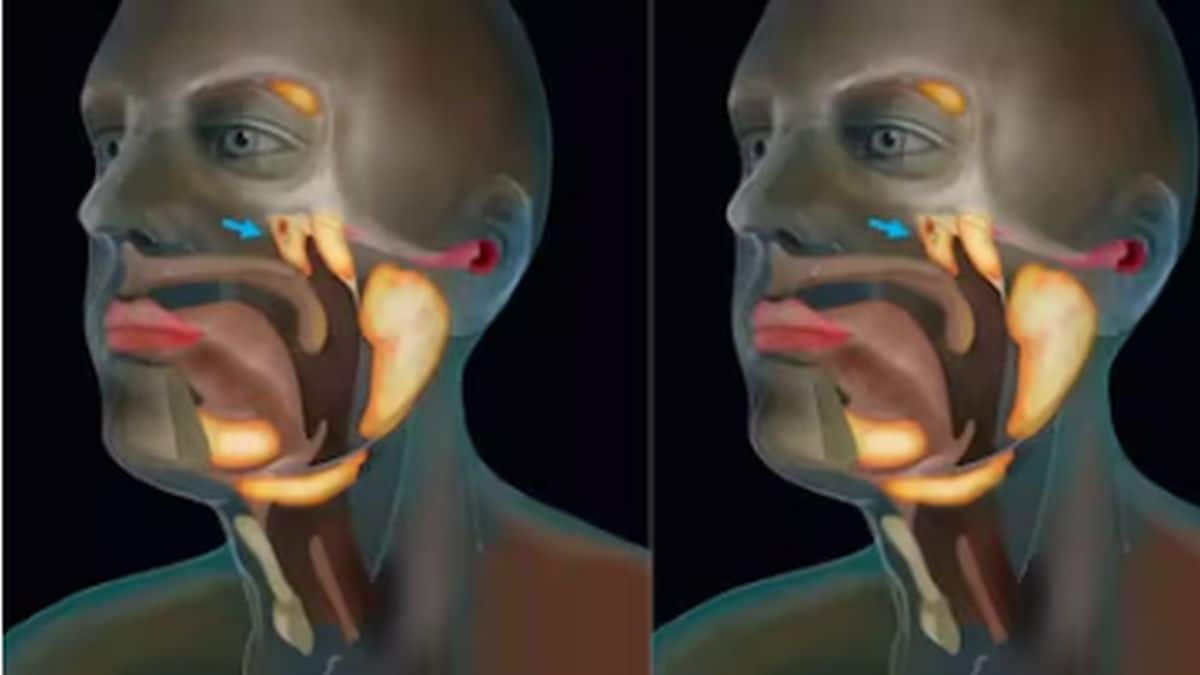A community-level study carried out in Delhi has raised concerns about the high rates of liver disease in the Capital. Involving 7,624 people between 2018-19, the study found that 35.5% of those tested had a form of liver fibrosis of which 14% were at an advanced stage, and 3% had sustained irreversible liver damage. [caption id=“attachment_7905581” align=“alignleft” width=“380”]  Representational image. Image source: Getty Images.[/caption] Liver fibrosis, or the scarring of the liver, happens due to chronic hepatitis virus infection or diabetes. Lifestyle issues such as excessive alcohol consumption can also undermine the liver and eventually lead to cirrhosis.
A substantial disease burden
The study was carried out by the Institute of Liver and Biliary Sciences in New Delhi. Around 200 mobile health vans were set up in the vicinity of mohalla clinics to test for signs of liver disease. The average age of the participants was 46 years. Those who were found to have fibrosis were reported to a nearby health facility. World Health Organization data show that over 250,000 people in India lost their lives to liver disease in 2017. Given these statistics, the director of the institute, Dr S.K. Sarin, said that early detection was the need of the hour. If liver disease is caught before it progresses to irreversible cirrhosis, treatment can stop it in its track, and less commonly, reverse some of the damage.
A spike in alcohol consumption could be to blame
According to Dr Sarin, Hepatitis B and C were traditionally seen as the major causes of liver disease. While the virus is still responsible for many cases, he suspects that a rise in alcoholism is also to blame. In fact, 804 of the respondents admitted to consuming alcohol and it was this group that saw the highest degree of liver fibrosis. Given the stigma surrounding alcohol-consumption in some communities, especially among women, 804 is probably underreported. Hepatitis B and C are viral infections that can be transmitted through infected blood or bodily fluids. In situations where sanitation levels are low and the population has not been adequately exposed to the vaccine, the disease is more likely to spread.
Irreversible damage
Cirrhosis can lead to additional health complications, such as cancer. Additionally, there may be swelling in the legs, enlargement of the spleen, internal bleeding, jaundice and bone issues. The overall inflammation will make the body more susceptible to infection. Since the function of the liver is to clear toxins from the blood, its impairment will mean that the toxins don’t get removed properly. Hepatic encephalopathy occurs when the toxins migrate and settle around the brain. This causes cognitive issues over time can even lead to coma.
More meaningful interventions
Given the seriousness of cirrhosis and the alarming number of people on the path to it, the study is a wake-up call for public health interventionists. Access to vaccines should be made easier and referral systems made robust enough to tackle fibrosis before it leads to greater harm. The narrative around alcohol also needs to go from blanket stigmatization to acknowledgement of the fact that people drink. Interventions based on this reality are likely to be more effective. For more on this topic, please read our article on Hepatic Encephalopathy_._ Health articles in Firstpost are written by myUpchar.com, India’s first and biggest resource for verified medical information. At myUpchar, researchers and journalists work with doctors to bring you information on all things health.


)

)
)
)
)
)
)
)
)



